Fender Squier J Mascis Jazzmaster 2018 – CITES regulations changes fretboard
Dinosaur Jr's main man gets a CITES-friendly update to his signature Jazzmaster
The Fender Squier J Mascis Jazzmaster has been given a subtle update for 2018 in the wake of CITES regulations that affect the sale and movement of rosewood worldwide. How will the new fretboard affect the sound of this well-specified budget guitar?
Squier J Mascis Jazzmaster 2018
Dinosaur Jr’s J Mascis has had a few Jazzmaster guitars in his time and has had two signature models in the last 10 years or so. I have owned both in that time and currently still own the Japanese purple sparkle version from the original run made by Fender.
The Squier version looks really cool in the off-white and gold anodised aluminium pickguard combination and has probably sold bucketloads since its release.
CITES Regulations
Now that CITES regulations have kicked in, the 2018 version sports an Indian Laurel fretboard, replacing the rosewood used on the original guitar. This may have a very minimal effect on the sound of the guitar, but it does highlight the fact that a lot of luthiers are thinking twice about using rosewood. When such a big name guitar manufacturer does this to such a good seller, that means something.
The guitars are already such amazing bargains for such a high-quality yet cheap Jazzmaster, with great specifications. I doubt that this will really have any major effect on this well-thought-out budget offset guitar. I would happily go out and buy another one myself any day of the week.
RRP – EUR 483
You can see the new 2018 version listed at Thomann here.
5 responses to “Fender Squier J Mascis Jazzmaster 2018 – CITES regulations changes fretboard”

You are currently viewing a placeholder content from Facebook. To access the actual content, click the button below. Please note that doing so will share data with third-party providers.
More InformationYou are currently viewing a placeholder content from Instagram. To access the actual content, click the button below. Please note that doing so will share data with third-party providers.
More InformationYou are currently viewing a placeholder content from X. To access the actual content, click the button below. Please note that doing so will share data with third-party providers.
More Information
 5,0 / 5,0 |
5,0 / 5,0 | 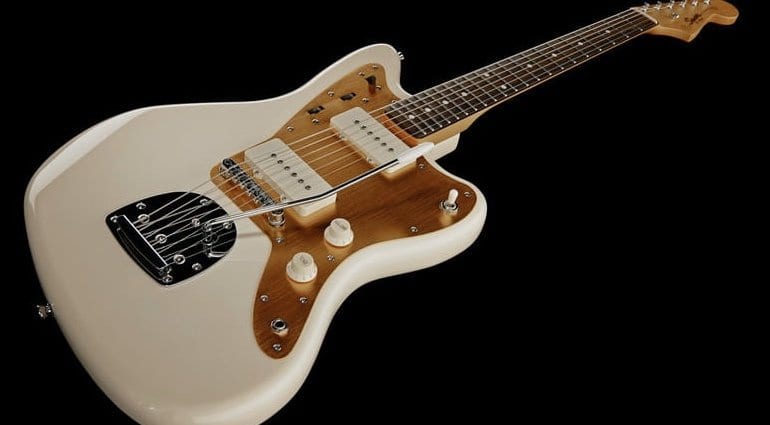

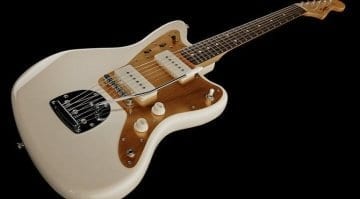

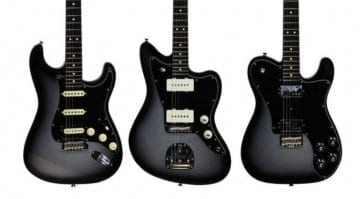
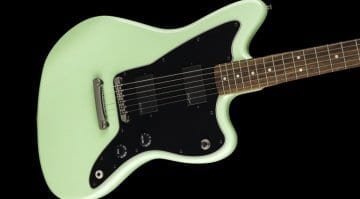
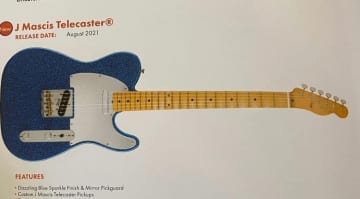

Two observations: (1) Not 1 guitarist in 10k or more will be actually able to tell the difference (although the web forums will be overrun with bedroom guitar gurus who will loudly profess they can) and (2) The net end result for guitar manufacturers from the whole CITES thing will be that they can now build guitars using cheaper materials but charge the same prices (or more) as they did with the more expensive woods (pretty cool from a businessman’s standpoint when you can simultaneously cheapen up your product, put more money in your pocket, AND shift the blame to someone else-perfect trifecta).
Actually, rosewood is a very inexpensive wood to begin with. Pau Ferro, Ebony, and Indian Laurel are either more expensive or the same price as rosewood.
The pao ferro on the Fender models is terrible. It’s so light colored and even oiled it looks terrible. I certainly hope the Indian Laurel is not the same way. I prefer the wood to be on the darker side.
I have to agree, I have one Pau Farro and I don’t like it at all, swapped necks on it, for whatever reason it feels like plastic to me? weird I know, don’t like it, Laurel on the other hand I cannot tell the difference, bring it on
honestly the Indian Laurel is difficult to discern from the other rosewoods, honestly it feels and looks the same, tone is the same too? so if they want to change the name oh well